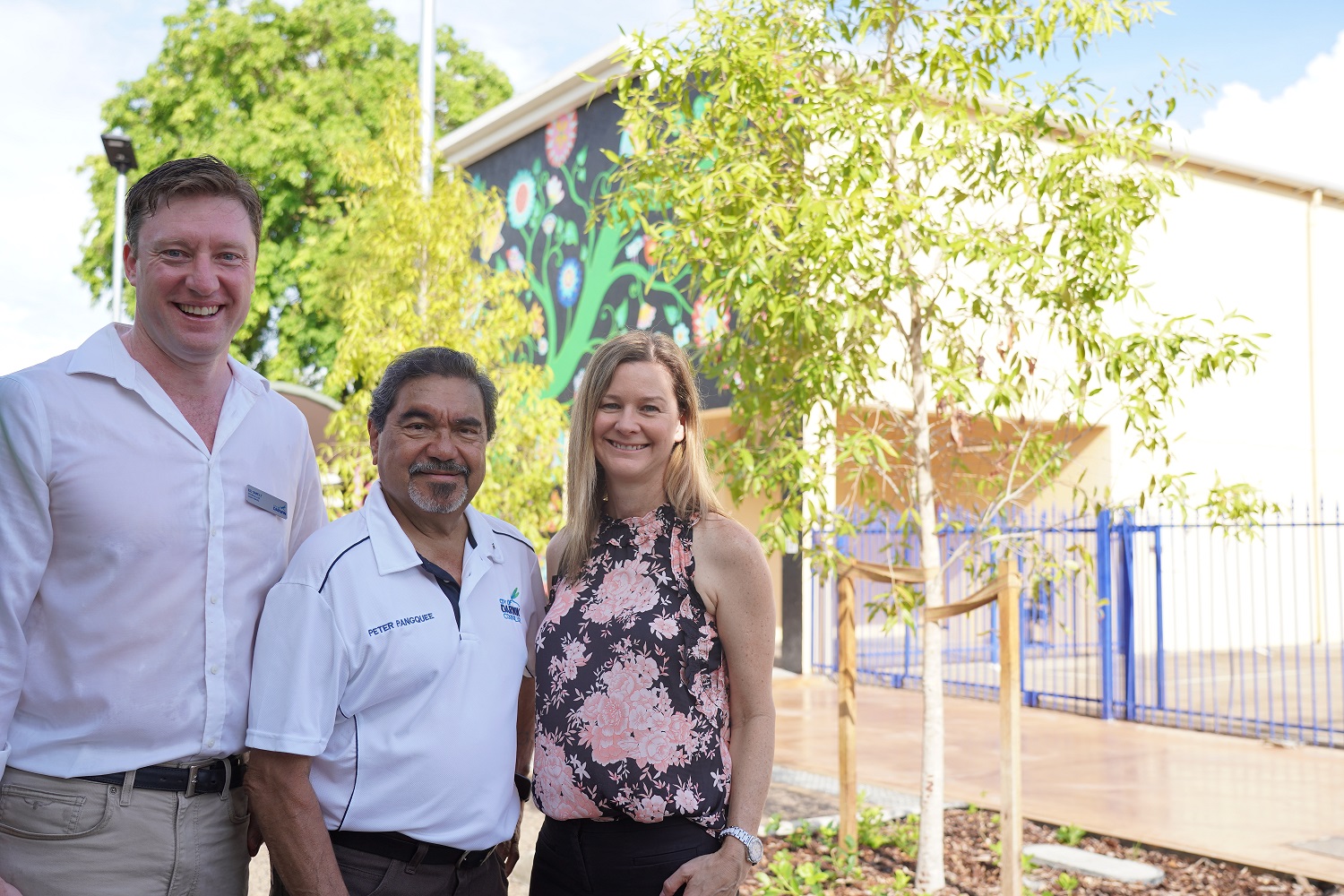Two environmental health officers (EHO) joined forces with the New Zealand Army Force Health Protection Team while supporting the response to Cyclone Gabrielle in February.
Flight Lieutenant Michael Hong and Flying Officer Kimi Ahluwalia, of Darwin’s 2 Expeditionary Health Squadron, provided specialist advice and enabled increased capability to conduct hazardous threat assessments that helped determine the potability of water sources in the region.
Flying Officer Ahluwalia said they spent the first days testing hazardous water in the Napier region for waterborne diseases.
“We detected some nasties in the water, which can cause people to get very sick,” Flying Officer Ahluwalia said.
“The weather was very unpredictable, so we didn’t really know how bad things were until we got there and started doing assessments.”
Lieutenant Christopher Buerkeman and Staff Sergeant Dylan Smart, from the NZ Army Force Health Protection Team, said it was nice to have the extra hands to help.
“The situation out in the communities is a lot worse than it looked,” Lieutenant Buerkeman said.
The team worked out of the forward operating base in the Port of Napier on NZ’s North Island – one of the areas hardest hit by flooding and devastating winds.
Wing Commander Lindon Wilson, of NZ’s Directorate Air Force Safety and Health, was grateful to have the Australian contingent assisting.
“It is always nice working with the Aussies, and it was good to have them here in this situation to give us a helping hand,” Wing Commander Wilson said.
The Officer Commanding one of the NZDF Task Groups deployed to the east coast, Major Tim Cocks, said the support given to the community was just beginning.
“There is still lots to do,” Major Cocks said.
“The clean-up and re-building of some of the more remote communities will take a long time.”




